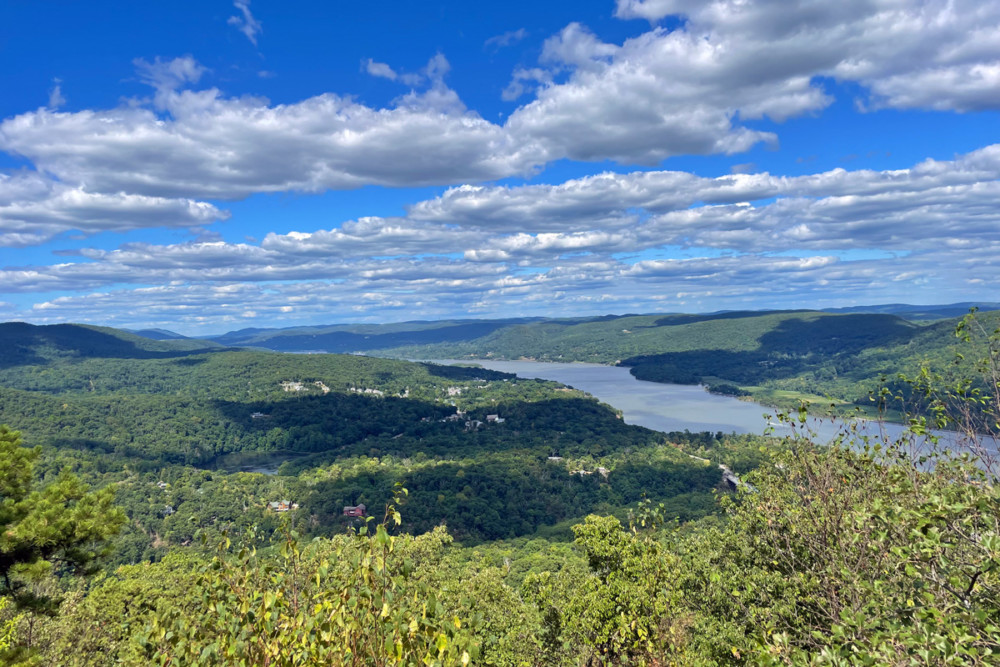
What is ‘Leave No Trace’? How to Hike Responsibly in Philly and Beyond
From the historic charm of Wissahickon Valley Park to the lush terrain of the Andorra Meadow, Philadelphia seeps natural beauty in just about every direction.
While getting out into nature is the highlight of many of our weeks, our civic duty calls us to ensure we’re putting the environment at the forefront of our excursions. That’s where ‘Leave No Trace’ comes into play. We don’t only want clean city streets but eco-friendly nature trails, too.
So, what is Leave No Trace as a movement, and how can you hike responsibly in Philadelphia and beyond?
What is ‘Leave No Trace’?
The Leave No Trace movement travels back to 1987 when the US Forest Service, National Park Service, and Bureau of Land Management got together to develop a set of guidelines for backcountry and wilderness travel. The Leave No Trace organization was officially incorporated as a non-profit in 1994.
Leave No Trace is on a mission for a cleaner, safer, and overall better planet earth, starting in the wilderness. While it’s rooted in backcountry terrain, the 7 principles of Leave No Trace can now apply to just about anywhere – from remote nature reserves to local parks and even your own backyard.
Here’s how to leave no trace in Philadelphia.
Plan Ahead & Prepare
Before starting a hiking trip around Philadelphia, make sure you’re fully prepared – especially if you’re heading to the Ponocoes or further. Consider the equipment you’ll need for your trek, where you’ll camp, the weather conditions, and ensure you have a basic knowledge of the land and a map of the area.
Why? Poor planning often results in unhappy campers who veer off trails and set up tents in unfavorable areas while putting themselves, the animals, and the land at risk.
Dispose of all waste and trash
If you brought it with you, don’t leave without it. Dispose of all trash properly, and don’t leave anything around your campsite or on the trail. Many parks will have their own guidelines, and some even have recycling and trash bins. However, as a general rule, just take any trash back home with you and dispose of it there.
You should also dispose of human and animal waste properly. In most places, burying feces is the most effective method to meet these criteria.
Leave animals and plants alone
Leave No Trace doesn’t just mean cleaning up after yourself. It also means that you leave no mark or sign of your presence on the land. So, even if you spot an extraordinary wildflower out at Kelly’s Run or a curious insect at one of Philadelphia’s stunning gardens, the best practice is to admire it from a distance.
Never attempt to feed wildlife or leave snacks for them. Feeding animals can hinder their ability to survive in the wild and bring them closer to hiking trails, putting your life, others, and especially the animals at risk.
Be considerate
We in Philly are lucky to have such wonderful nature trails within reach. Keep them enjoyable by being kind to other hikers, letting them pass when need be, and keeping excess noise to a minimum. Hike responsibly and breathe in the cathartic fresh air along the way!









